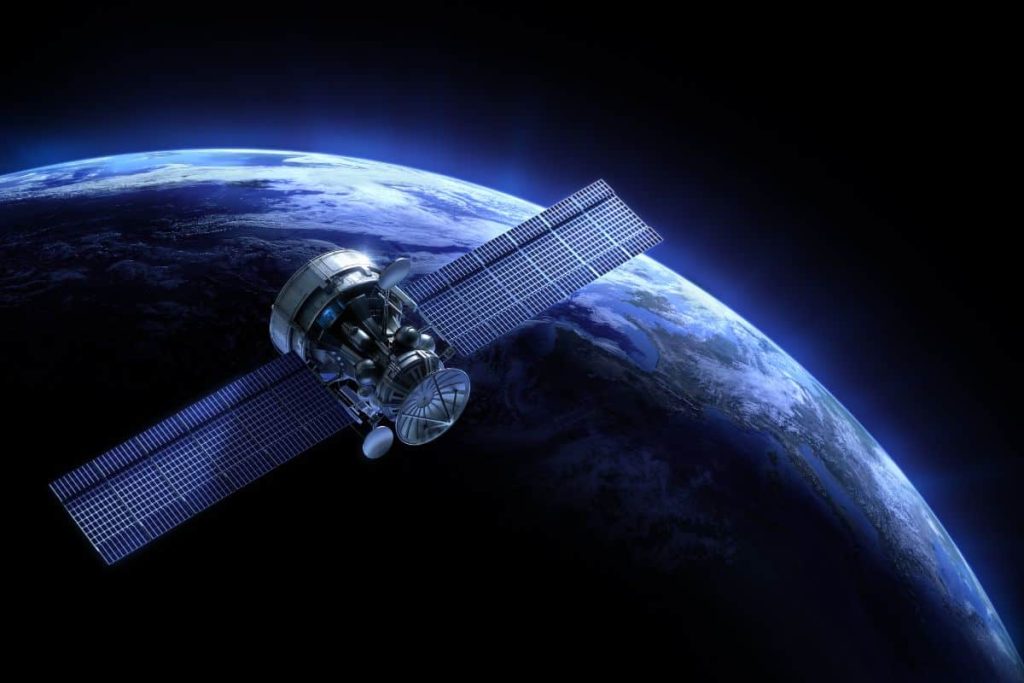China Just Solved the Biggest Problem in Space Travel—And It’s Straight Out of Sci-Fi! – The Daily Galaxy –Great Discoveries Channel

Chinese astronauts aboard the Tiangong space station have completed a groundbreaking milestone by demonstrating artificial photosynthesis technology in orbit. This innovative process, which mimics natural photosynthesis, converts carbon dioxide and water into oxygen and fuel ingredients, offering a sustainable solution for space exploration. The achievement, part of a larger push toward long-term human presence in space, positions China as a major player in advanced space technology.Oxygen is an indispensable resource for human survival in space, yet transporting sufficient amounts for extended missions poses significant logistical and financial challenges. China initiated research into extraterrestrial artificial photosynthesis in 2015, culminating in a series of 12 successful experiments aboard the Tiangong space station.Using semiconductor catalysts, these experiments replicated photosynthesis, producing oxygen and ethylene, a hydrocarbon that can be used as rocket fuel. This marks a pivotal shift in resource management for space missions, demonstrating the ability to produce critical supplies onsite rather than relying on costly resupply missions from Earth.The newly developed technology is lauded for its operational efficiency. Unlike traditional methods that require extreme conditions such as high temperatures and pressures, this system functions effectively at ambient temperature and pressure. Such versatility not only simplifies the process but also makes it more adaptable to the unique conditions of space.Moreover, the device’s design allows for in-orbit upgrades, enabling ongoing research into different catalysts and chemical reactions. By tweaking these reactions, the technology can produce a diverse range of compounds, including methane, ethylene, and formic acid, the latter of which serves as a precursor for sugars. These advancements not only expand the technology’s potential applications but also enhance its utility in supporting human life and spacecraft propulsion.This breakthrough comes at a time when China is intensifying its efforts to establish a long-term presence on the Moon. The China National Space Administration (CNSA), in collaboration with Russia’s Roscosmos, plans to construct the International Lunar Research Station (ILRS) between 2028 and 2035. These plans include substantial human involvement on the lunar surface, necessitating robust life-support systems.The artificial photosynthesis technology offers a solution to one of the Moon’s biggest challenges: its lack of breathable air. China aims to conduct a crewed lunar landing by 2030, a mission that will require cutting-edge advancements in spacecraft, propulsion systems, and life-support technology. The ability to generate resources in space could play a crucial role in the success of such missions.China’s progress in artificial photosynthesis aligns with its broader ambitions to lead the new era of space exploration. The technology not only supports human survival but also aligns with the strategic goals of self-sufficiency in space. By reducing dependence on Earth-based supplies, China is laying the foundation for missions that could extend well beyond the Moon, potentially to Mars and beyond.The development also underscores China‘s commitment to innovation in sustainable technologies. The device’s ability to adapt and evolve through in-orbit upgrades ensures its relevance for future missions and reflects a forward-thinking approach to problem-solving in the challenging environment of space.As the space race accelerates, innovations like China’s artificial photosynthesis technology represent critical steps toward making long-term human exploration feasible. By addressing fundamental challenges, this breakthrough has the potential to redefine how missions are planned and executed.With ambitious goals such as the ILRS and crewed lunar missions, China is demonstrating that it is not just keeping pace with other spacefaring nations but is actively shaping the future of space exploration. This achievement is not merely a scientific milestone, but a testament to the transformative potential of human ingenuity in addressing the complexities of living and working in space.Got a reaction? Share your thoughts in the commentsEnjoyed this article? Subscribe to our free newsletter for engaging stories, exclusive content, and the latest news.Comment Save my name, email, and website in this browser for the next time I comment.
© 2024 | Daily Galaxy | All rights reserved





